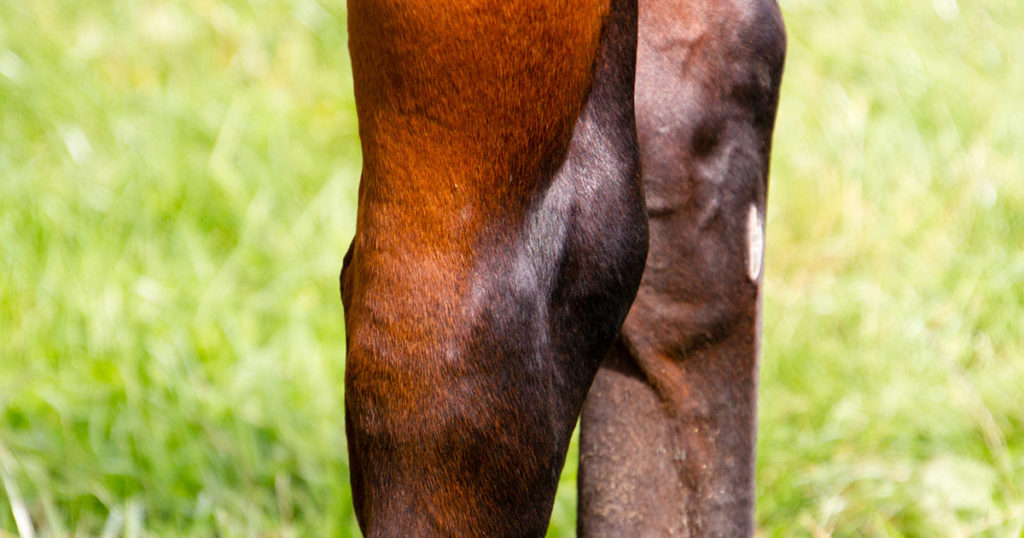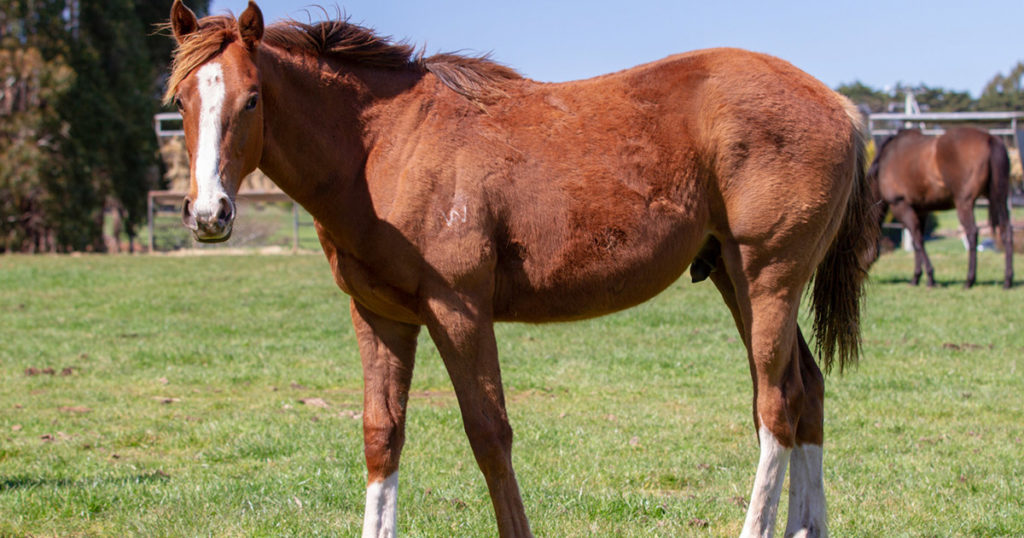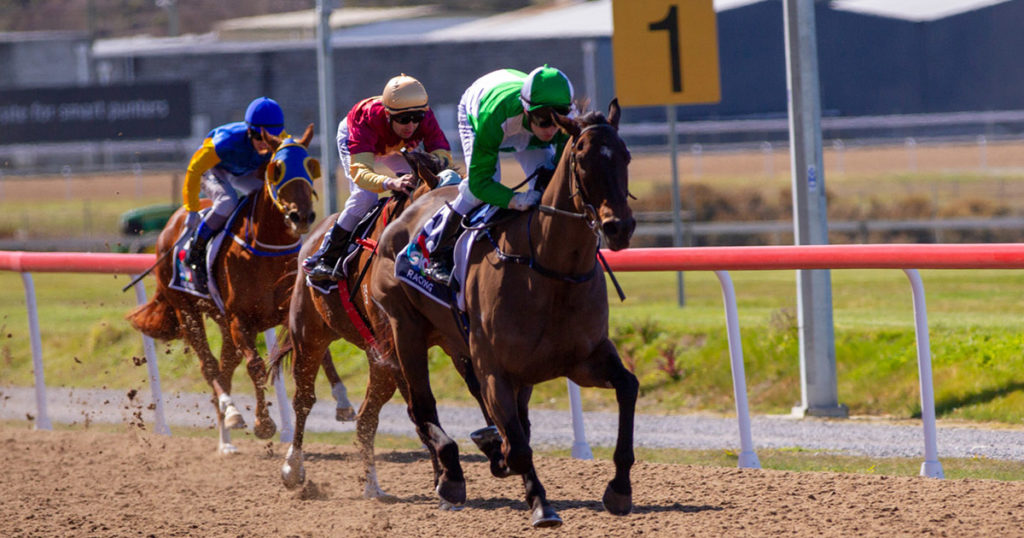One of the most significant injury concerns for all athletic horses is that involving the bones and joints. Musculoskeletal injuries are the most common cause of poor performance and wastage (wastage refers to a loss of training days, either temporary or permanent) in the equine industry.
A vital consideration in bone and joint health is bone density. Bone density refers to the amount of bone mineral in bone tissue and plays a significant factor in bone strength and durability (and hence resistance to injury).
Many factors influence bone density- and many of these factors can be positively or negatively influenced by feeding, management practices and medication use. Put simply, owners and caretakers of horses have the ability to positively or negatively influence the bone density and hence resilience and strength of a horse’s bones….
Sufficient minerals and vitamins in a horse’s diet, in appropriate proportions are important. These include (but are not limited to): calcium, phosphorus, zinc, vitamin D, copper, magnesium, manganese, vitamin K. Appropriate energy availability is also crucial in helping ensure adequate bone development.
Many medications have the ability to negatively influence bone density through various mechanisms: increasing the excretion of key minerals needed for bone structure; altering the gastrointestinal microflora balance (in turn impairing the body’s ability to synthesise some key vitamins needed for bone health); and altering the absorption of essential minerals for bone health.
Keeping horses in stables/box stalls is an often overlooked consideration in regards to bone health. Several studies have documented a substantial decrease in bone mineral content in horses kept in stables/ box stalls.
Think about foals, weanlings and yearlings, confined to stables in order to ‘keep them out of the elements’ or for sales preparations. These horses are going through crucial stages of bone development and laying down bone mass. The practice of keeping them stabled may hamper their ability to be strong, resilient performance horses.

Camilla Whishaw is a highly regarded, experienced horsewoman and naturopath, helping to holistically treat and manage a broad range of equine health conditions and injuries, with a passion for mare and stallion fertility.
As a world-renowned practitioner, presenter, author, and consultant in the field of Equine Naturopathy, Camilla shares her knowledge through keynote presentations, interviews, lectures, panel sessions, and workshop training.





